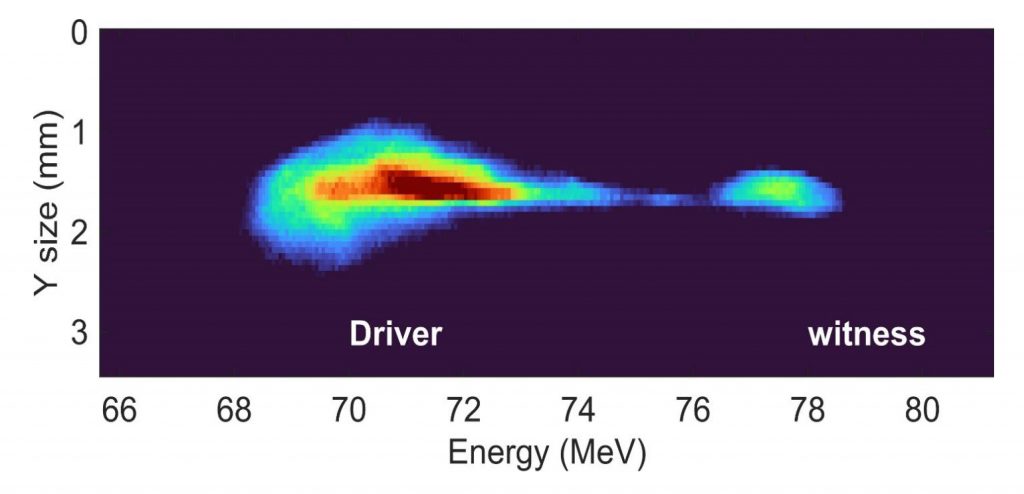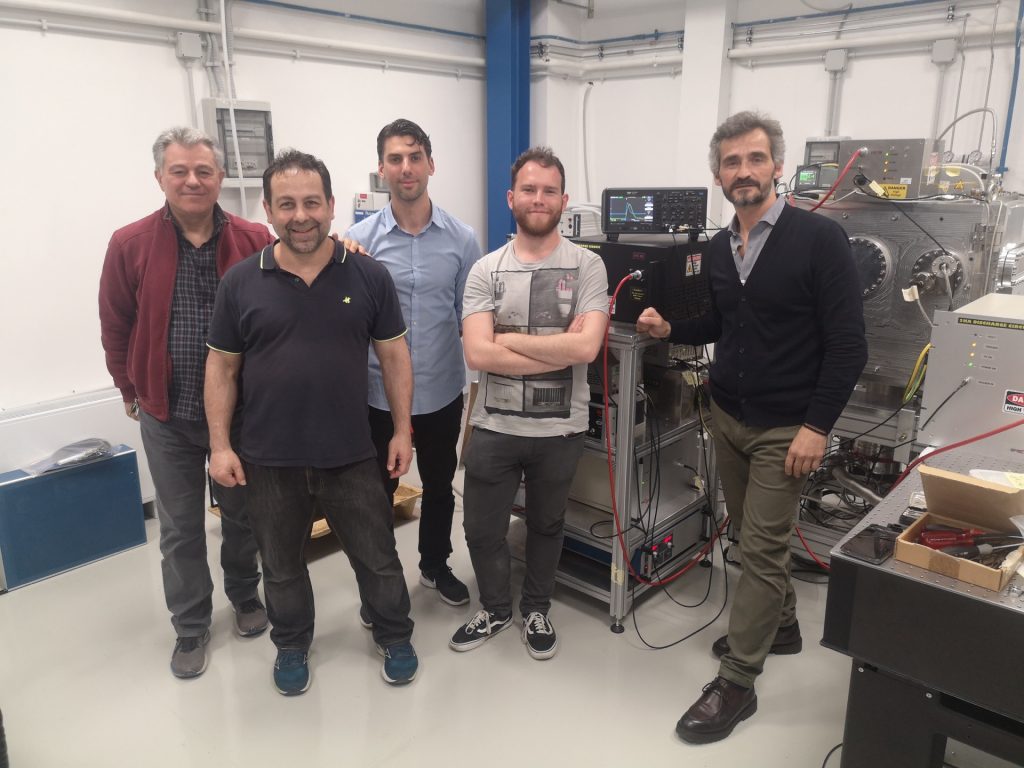In the field of particle accelerators, the interest is growing in the development of compact accelerating structures capable of overcoming the current limitations of conventional ones based on RF pulses.
In this context, research activity is moving toward plasma technology-based devices capable of producing accelerating gradients on the order of tens of GV/m, to be compared with the tens of MV/m achievable by conventional techniques. Recent experiments have also shown that such plasma structures can also be used to focus high-energy particle beams, called Active Plasma Lenses (APLs), due to the high magnetic field gradients produced, in the kT/m scale, by the intense ionization currents of neutral gas. The result is to focus high-energy beams over distances of a few centimeters, unlike the meters required with conventional techniques based on permanent magnets or electromagnets.

The combined use of such plasma-based elements, which are integrated into single accelerator modules could meet the demand for high accelerating gradients in structures having extremely small dimensions. In this context, the results obtained in the experiments that began in July 2023 at SPARC_LAB can be considered. Indeed, here the first acceleration tests were performed with the compact all-plasma-based module shown in Fig.1. Such a device integrates within it two active lenses, necessary to optimize the transverse dimensions of the beam at the entrance of the accelerating section and allow its capture at the exit, and a centrally arranged accelerating element. The technique for plasma formation is based on the use of high-voltage pulses capable of producing ionization of a column of gas (nitrogen) created between two electrodes by means of a number of vertical injection channels. In the tested module, a single plasma channel having a diameter of 2 mm was created, where each of the three elements, all 30 mm in length, is bounded by a pair of electrodes.
The different plasma conditions required in the three sections, in order to produce the focusing and acceleration of electron bunches with a 200/50 pC charge (driver/witness) at different times, can be separately controlled by the synchronism and amplitude of the high voltage pulses used for the plasma formation. For this purpose, current pulses of around 600 A were used for the lens plasma and around 250 A for the accelerating section, which were also set 14 µs ahead of current pulses. Measurements carried out by SPARC_LAB researchers showed stable and accelerated beams with gradients up to about 200 MV/m.

This plasma accelerator module, entirely designed in the Frascati National Laboratories, is based on the use of discharge capillaries and represents the first prototype of a plasma device capable of integrating the use of focusing and accelerating elements built within the same structure. Design and development of such plasma devices is included in the European project EuPRAXIA for plasma-based accelerators, funded by the Ministry of University and Research (MUR) and recently entered in the roadmap of ESFRI, the European strategic forum for research infrastructures.
The inventors Angelo Biagioni, Riccardo Pompili, Valerio Lollo, Donato Pellegrini and Massimo Ferrario, with the support of the INFN, filed a patent proposal for the tested device.

 INFN-LNF Laboratori Nazionali di Frascati
INFN-LNF Laboratori Nazionali di Frascati